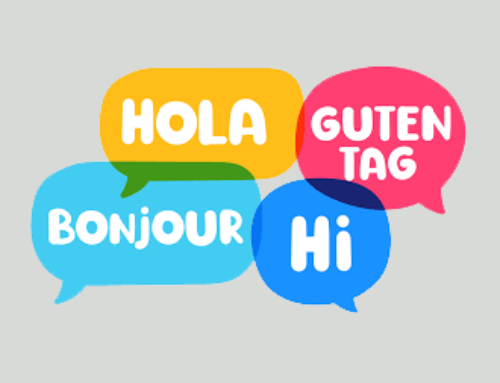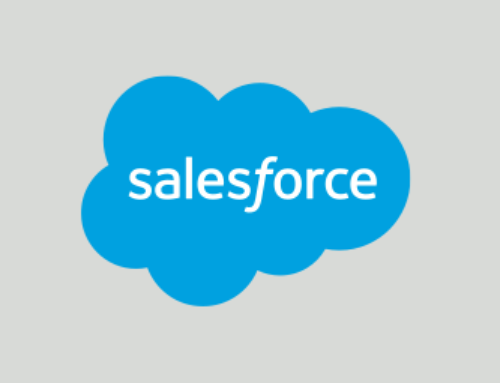Artificial intelligence (AI) has the potential to help tackle some of the world’s most challenging social problems. To analyze potential applications for social good, we compiled a library of about 160 AI social-impact use cases. They suggest that existing capabilities could contribute to tackling matters across all 17 of the UN’s sustainable development goals, potentially helping hundreds of millions of people in both advanced and emerging countries.
Real-life examples of AI are already being applied in about one-third of these use cases, albeit in relatively small tests. They range from diagnosing cancer to helping blind people navigate their surroundings, identifying victims of online sexual exploitation, and aiding disaster-relief efforts (such as the flooding that followed Hurricane Harvey in 2017). AI is only part of a much broader tool kit of measures that can be used to tackle societal issues, however. For now, items such as data accessibility and shortages of AI talent constrain their application for social good. As per the research from Mckinsey For this research, we defined AI like deep learning. We grouped use cases into ten social-impact domains based on taxonomies in use among social-sector organizations, such as the AI for Good Foundation and the World Bank. Each use case highlights a type of significant problem that can be solved by one or more AI capability. The cost of human suffering and the value of alleviating it are impossible to gauge and compare. Nonetheless, employing usage frequency as a proxy, we measure the potential impact of different AI capabilities. For about one-third of the use cases in our library, we identified an actual AI deployment (Exhibit 1). Since many of these solutions are small test cases to determine feasibility, their functionality and scope of implementation often suggest that additional potential could be captured. For three-quarters of our use cases, we have seen solutions deployed that use some level of advanced analytics; most of these use cases, although not all, would further benefit from the use of AI techniques. Our library is not exhaustive and continues to evolve, along with the capabilities of AI. Equality and inclusion Addressing challenges to equality, composition, and self-determination (such as reducing or eliminating bias based on race, sexual orientation, religion, citizenship, and disabilities) are issues in this domain. One use case, based on work by Affectiva, which was spun out of the MIT Media Lab, and Autism Glass, a Stanford research project, involves using AI to automate the recognition of emotions and to provide social cues to help individuals along the autism spectrum interact in social environments.
Health and hunger
This domain addresses health and hunger challenges, including early-stage diagnosis and optimized food distribution. Researchers at the University of Heidelberg and Stanford University have created a disease-detection AI system– using the visual diagnosis of natural images, such as images of skin lesions to determine if they are cancerous– that outperformed professional dermatologists. AI-enabled wearable devices can already detect people with potential early signs of diabetes with 85 percent accuracy by analyzing heart-rate sensor data. These devices, if sufficiently affordable, could help more than 400 million people around the world afflicted by the disease.
Information verification and validation
This domain concerns the challenge of facilitating the provision, validation, and recommendation of helpful, valuable, and reliable information to all. It focuses on filtering or counteracting misleading and distorted content, including false and polarizing information disseminated through the relatively new channels of the internet and social media. Such content can have severely negative consequences, including the manipulation of election results or even mob killings, in India and Mexico, triggered by the dissemination of false news via messaging applications. Use cases in this domain include actively presenting opposing views to ideologically isolated pockets in social media.




